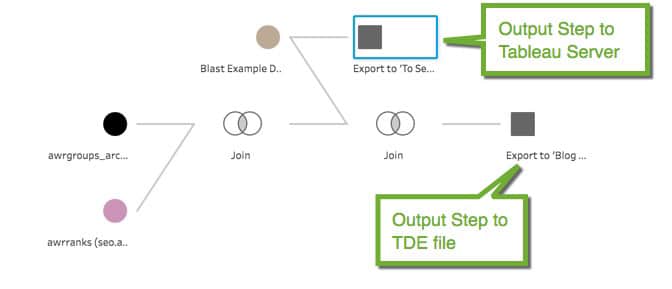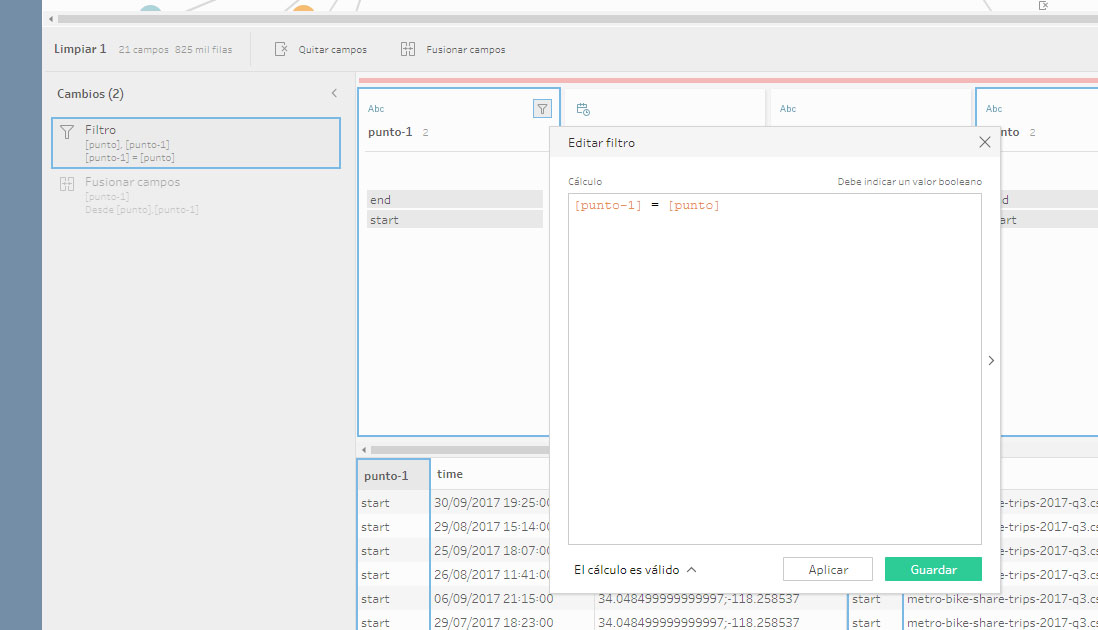



This is one of the most accommodating pane since it facilitates most of the cleaning operations that you can perform on the data and it visually highlights the relationship between the fields. You can find out the number of unique values contained within each field and how they are distributed. The profile pane is the middle pane in the view and acts as a high-level overview of the data, illustrating each fields’ profile. To learn more about each of the steps please visit the official Tableau documentation. The flow pane allows you to keep track of the sequence of steps. This is the uppermost pane in the view, which acts as a visual guide showing all steps in the ETL process from beginning to end. Let’s consider each of the three views in more detail. You get a complete understanding of what the data looks like and how it’s distributed. At its core, Tableau Prep is built around three different views which allow you to view your data on three different levels of granularity simultaneously. One of the first things that strikes you when working in Tableau Prep is its intuitive, easy-to-navigate and user-friendly interface. Let’s dive into Tableau Prep and take a closer look at some of its features! The Tableau Prep Interface You can now do your data preparation with Tableau’s own ETL solution called Tableau Prep (formerly Project Maestro), allowing a seamless transition between your data preparation and data analysis. With Tableau you often realise than your data is of a greta quality and you end up spending most of your time trying to structure, shape and format data properly before you can explore it. Written by George Koursaros - 29-05-2018 Are You Ready For Tableau Prep?


 0 kommentar(er)
0 kommentar(er)
